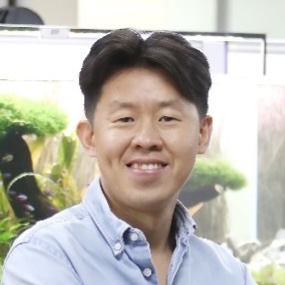Abstract
Shrimp are slow and selective feeders, typically reared in turbid aquatic environments rich in dissolved chemicals. These conditions increase the risk of feed wastage and nutrient leaching, reducing feed quality and contributing to environmental degradation. Together, these factors impair feeding efficiency and decrease farm profitability.
However, shrimp possess highly sensitive sensory receptors distributed across their bodies, enabling them to detect chemical cues and locate food from considerable distances. Extensive research into chemostimulants and their role in chemosensory-driven feeding behavior have opened opportunities to develop practical applications that target the activation of the shrimp’s chemosensory systems. Such strategies can accelerate feed detection and ingestion, leading to improved feed utilization and overall intake.
Asia’s shrimp aquaculture industry faces pressing challenges in optimizing feed utilization, production efficiency, environmental sustainability, and shrimp health. Palatability enhancers are emerging as essential tools, not only for stimulating feed intake and promoting growth but also for supporting the use of alternative ingredients, with positive impacts on the industry’s sustainability and profitability. Moreover, these strategies contribute to improved water quality, resulting in more robust and healthier shrimp.
This presentation will explore practical case studies illustrating how improvements in feed palatability can address these challenges. By leveraging advances in chemosensory science, producers can enhance the productivity, profitability, and resilience of shrimp farming systems.
*Joint presentation with Sofia Morais













